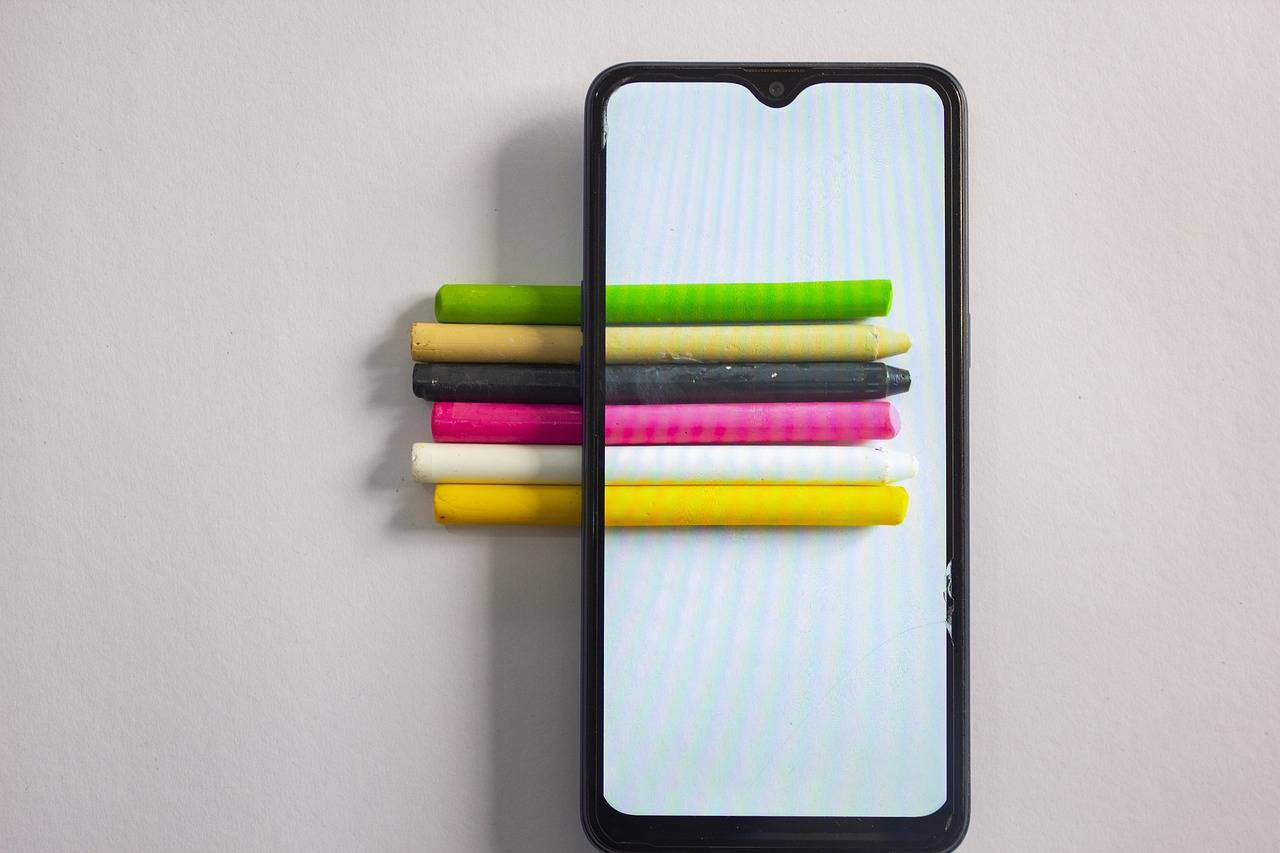Addressing Implicit Bias in College Admissions Essays
Implicit bias in college admissions essays can manifest in various forms, influencing the perception of an applicant’s qualities and achievements. One common bias is derived from gender stereotypes, where male applicants are often viewed as more assertive and leadership-oriented, while female applicants are expected to be nurturing and supportive. This bias can lead to male candidates being favored for prestigious programs or leadership roles, despite the qualifications of their female counterparts.
Moreover, racial biases can also seep into the evaluation process, with applicants from marginalized communities facing stereotypes and preconceived notions that overshadow their true potential. For instance, Asian applicants may be unfairly stereotyped as lacking creativity or innovation, while Black or Hispanic applicants may face assumptions about their academic capabilities or background. These biases can result in unequal treatment and missed opportunities for deserving candidates, reinforcing systemic inequalities within the admissions process.
• Gender stereotypes often lead to male applicants being favored for leadership roles
• Female applicants are expected to be nurturing and supportive, reinforcing bias
• Racial biases can affect marginalized communities in the evaluation process
• Asian applicants may be stereotyped as lacking creativity or innovation
• Black or Hispanic applicants may face assumptions about their academic capabilities
Understanding the Impact of Implicit Bias on College Admissions
Implicit biases can have a significant impact on the outcomes of college admissions processes. These biases, which are often deeply ingrained and unconscious, can manifest in various forms within admissions essays. For example, evaluators may unknowingly favor applicants who share similar backgrounds or experiences, leading to a lack of diversity within admitted student populations. Additionally, biases based on stereotypes or societal norms may influence perceptions of an applicant’s qualifications and potential success, resulting in unfair advantages or disadvantages.
Moreover, implicit biases can influence how admissions officers interpret and evaluate the content of essays, affecting the overall selection process. Biases may lead to certain qualities or characteristics being overvalued or undervalued, potentially skewing the assessment of an applicant’s true capabilities. As a result, addressing and mitigating these biases is crucial in ensuring a fair and equitable admissions process that accurately assesses each applicant’s merits and potential contributions to the academic community.
Identifying Common Biases in Admissions Essays
One common bias found in college admissions essays is the confirmation bias, where applicants tend to focus on information that confirms their preexisting beliefs or narratives. This bias can lead applicants to selectively highlight only positive aspects of themselves while overlooking or downplaying any weaknesses or challenges they may have faced. As a result, the essay may come across as lacking depth and authenticity.
Furthermore, a prevalent bias in admissions essays is the halo effect, which occurs when a positive impression in one area influences the overall evaluation of the applicant. Applicants who come from prestigious schools or have impressive extracurricular activities may benefit from the halo effect, even if their essay content is not as strong. Admissions officers should be cautious of this bias to ensure a fair and impartial review of all applicants.
What is implicit bias in college admissions essays?
Implicit bias refers to the attitudes or stereotypes that affect our understanding, actions, and decisions in an unconscious manner. In the context of college admissions essays, it can manifest as favoritism towards certain backgrounds or characteristics.
How does implicit bias impact college admissions?
Implicit bias can impact college admissions by influencing the evaluation of essays and ultimately affecting the selection process. Biases may lead to unfair treatment and hinder the chances of qualified candidates from underrepresented groups.
What are some common biases found in admissions essays?
Some common biases found in admissions essays include racial bias, gender bias, socio-economic bias, and regional bias. These biases can unintentionally influence the perception of applicants and their qualifications.
How can one recognize and address implicit biases in admissions essays?
Recognizing implicit biases involves being aware of one’s own prejudices and actively working to mitigate them through education, training, and self-reflection. Admissions committees can also implement diversity training and inclusive practices to address biases in the evaluation process.






